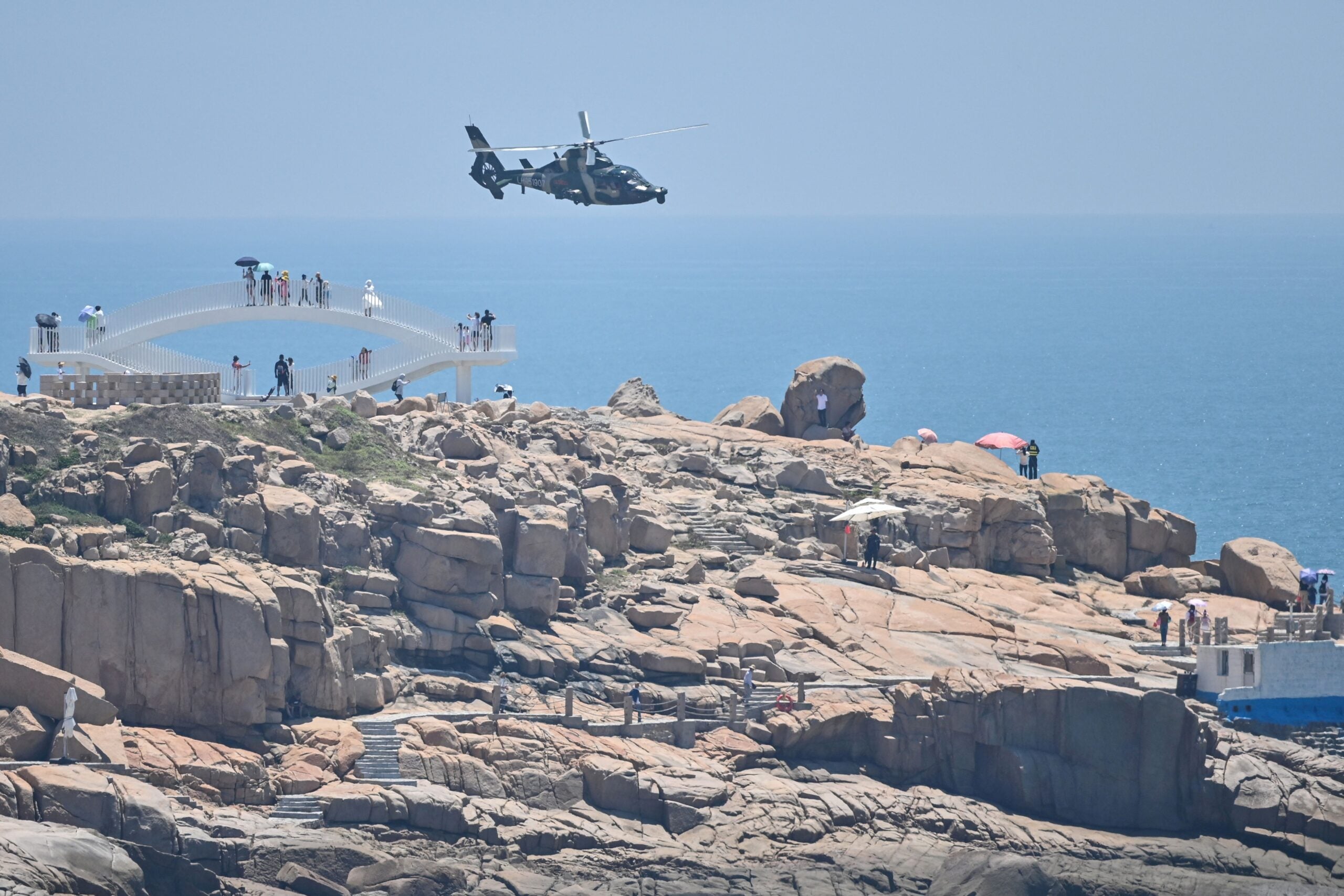
China and the US remain in a political crisis over Taiwan, even as the People’s Liberation Army (PLA) reduces the number of overflying planes and ships in the Taiwan Strait, according to panelists speaking on 22 August at a moderated discussion from the Center for Strategic and International Studies on the military dimensions of the fourth Taiwan Strait crisis.
Twelve days after China’s military deterrence manoeuvres have completed, the remaining PLA ships are still in a “cat and mouse” game with the Taiwanese Navy over the median line in the waters separating the island of Taiwan from continental Asia, according to Kathrin Hille, Greater China correspondent for the Financial Times.
Taiwan seeks to curtail Chinese encroachment beyond the midpoint that had served as an unofficial boundary until the norm-shattering PLA exercises earlier this month.
“There are fewer and fewer military options that the CCP has at its disposal that don’t look even more escalatory.”
The military exercises were “possibly the largest and most complex since the 2016 strategic reform” of the PLA into five theatre commands with responsibilities for operations in different strategic directions, according to M. Taylor Fravel, director of the Securities Studies programme at MIT. The demonstrations were the first opportunity to test the command-and-control capacities, as well as the PLAs ability to conduct integrated joint operations.
Focus is on the next steps from the US, which may retain the capability to step away from the spiral into military crisis. A failure to respond would mark the Chinese demonstration of force as a complete success from the perspective of the CCP and potentially embolden further action. However, for the US to commit to a deterrence response would draw inherent risks from a China running out of military options that can be safely discounted.
How well do you really know your competitors?
Access the most comprehensive Company Profiles on the market, powered by GlobalData. Save hours of research. Gain competitive edge.

Thank you!
Your download email will arrive shortly
Not ready to buy yet? Download a free sample
We are confident about the unique quality of our Company Profiles. However, we want you to make the most beneficial decision for your business, so we offer a free sample that you can download by submitting the below form
By GlobalData“If the rate at which [China] unlocks options is slower than the rate it burns escalatory options,” said Roderick Lee, director of research for China Aerospace Research at Air University, “then there are fewer and fewer military options that the CCP has at its disposal that don’t look even more escalatory.”
Beyond the crossing of the median line, the possibilities still include incursion of territorial waters or overflying offshore islands. “If you look at textbook options for military deterrence activity at this point,” continued Lee, “really you’re looking at larger scale, or some really provocative activities, like shifting certain parts of the country into wartime or partially wartime posture, or no-kidding demonstrated strikes against targets in Taiwan, or possibly even targets in the United States.”
The next phase
The US Navy is expected to plan a crossing of the Taiwan Strait in a journey that asserts its right to travel everywhere it is legally permitted to venture, a so-called FONOP (Freedom of Navigation Operation)
Speaker of the US House of Representatives Nancy Pelosi’s visit to Taiwan had been anticipated since at least April and the timing had allowed an impressive ‘whole-of-government’ response, including economic sanctions, diplomatic condemnations against regional neighbours, and the publishing of a government white-paper.
The panel were unclear about the demands of an extended Taiwan Strait crisis, but clear contrast was made between the structured conditions for preparation China enjoyed before Pelosi arrived at Taipei and the more fluid diplomatic phase the three nations are entering now.







